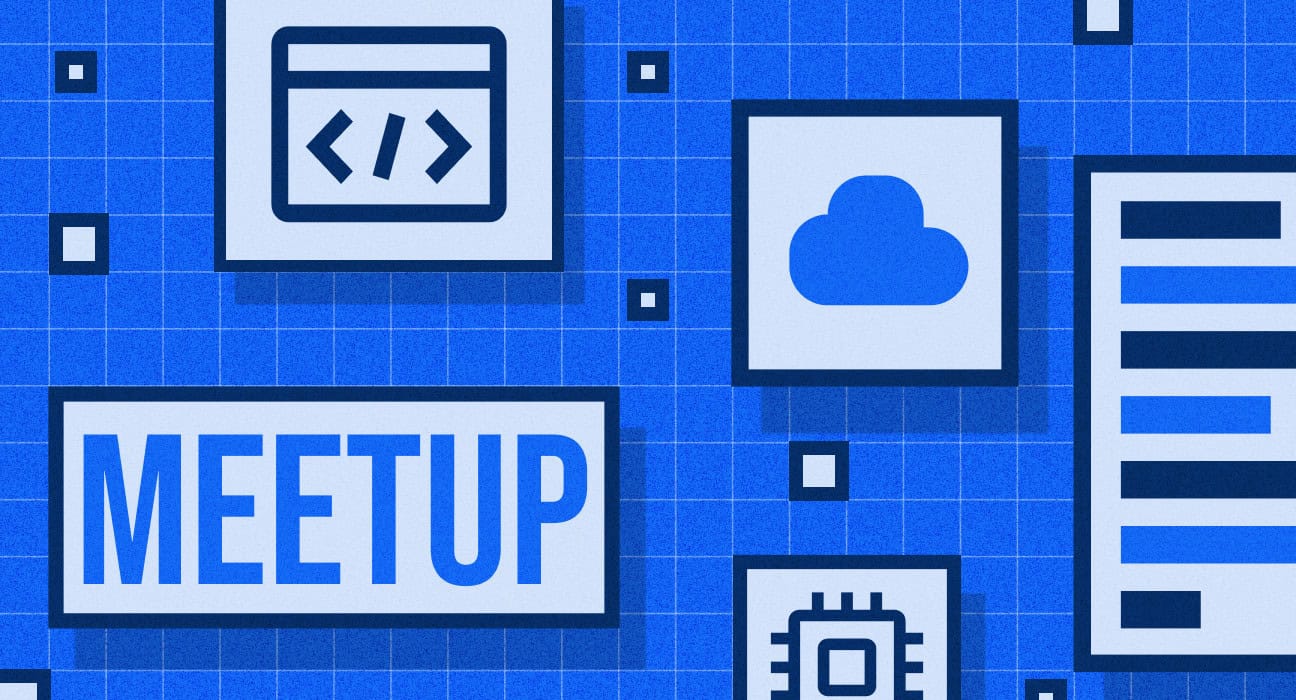
- Worldwide
Mendix Meetups
Mendix Meetups are in-person events of makers coming together around a shared passion for technology and Mendix. The topics and interests depend on the needs of the local meetup group.





Without the IT Bottlenecks



The next step in software development is almost here.

Hack. Learn. Connect.
